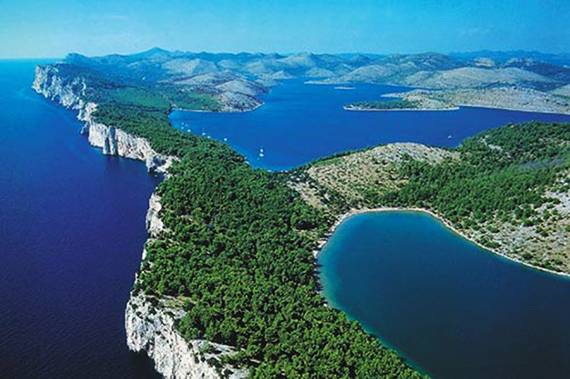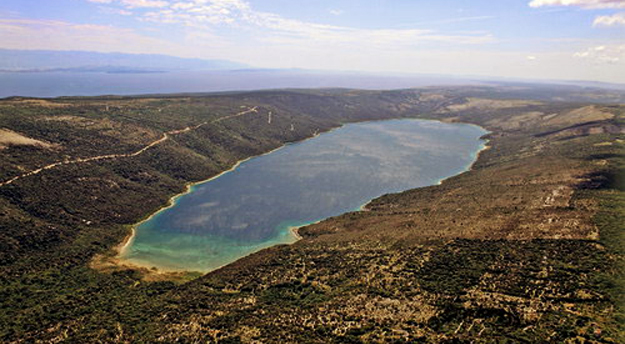Discovering the Sights in Zadar Region
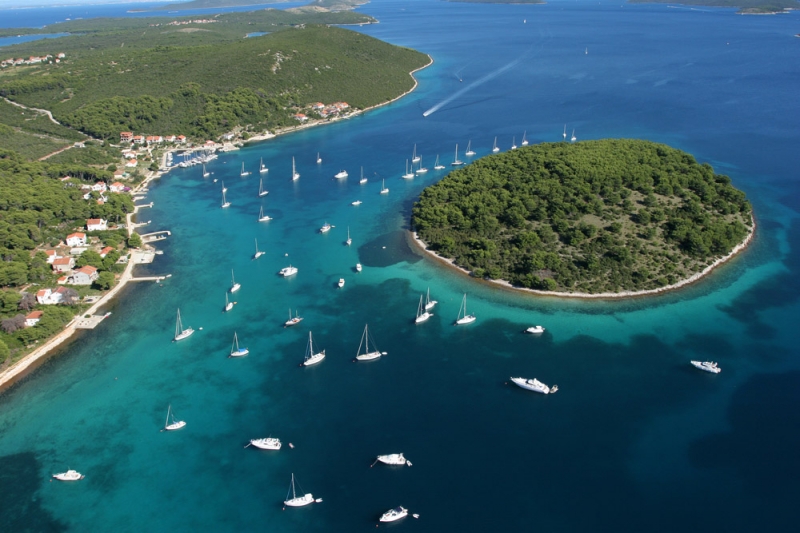
With its ancient streets, landmarks such as St Donatus’ Church and Roman Forum, modern attractions Greetings to the Sun and Sea Organ, Zadar is a city with plenty to explore. Still, Zadar isn’t the only place in the region where human presence dates back for centuries, even millennia. There are several towns, villages and other locations near Zadar that have quite an interesting story to tell, so here are a few I-bet-you-didn’t-know’s about the cultural historical sights in Zadar region.
The royal towns of Nin and Biograd na Moru
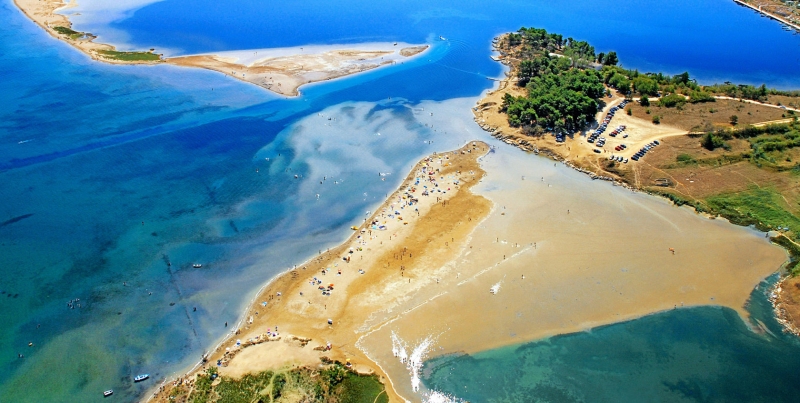
Just north of Zadar, there is a small town called Nin, where the early Croatian kings were crowned a thousand years ago, even though early settlements go even more back in history. The historical core of the charming town is practically an islet connected with the bridge to the shore. Apart from the Church of the Holy Cross often referred to as the smallest cathedral in the world, the Museum of Nin Antiquities has valuable exhibits which illustrate the historical significance the town once had.
Nin wasn’t the only town of early Croatian kings, but so was Biograd na Moru, south of Zadar. Nowadays, it is more famous for its Kornati marina for all fans of sailing, but back in history it peaked in the 11th and 12th century when it was the seat of Croatian kings and bishops. No wonder it has rather many churches for a relatively small town it is today. Also, just opposite the town there lies Pašman island where inhabitants of Biograd found their haven in times of need - particularly the 800-year-old Benedictine Monastery of St Cosmos and Damien on the Ćokovac hill.
Say ‘cheese’ on Pag island
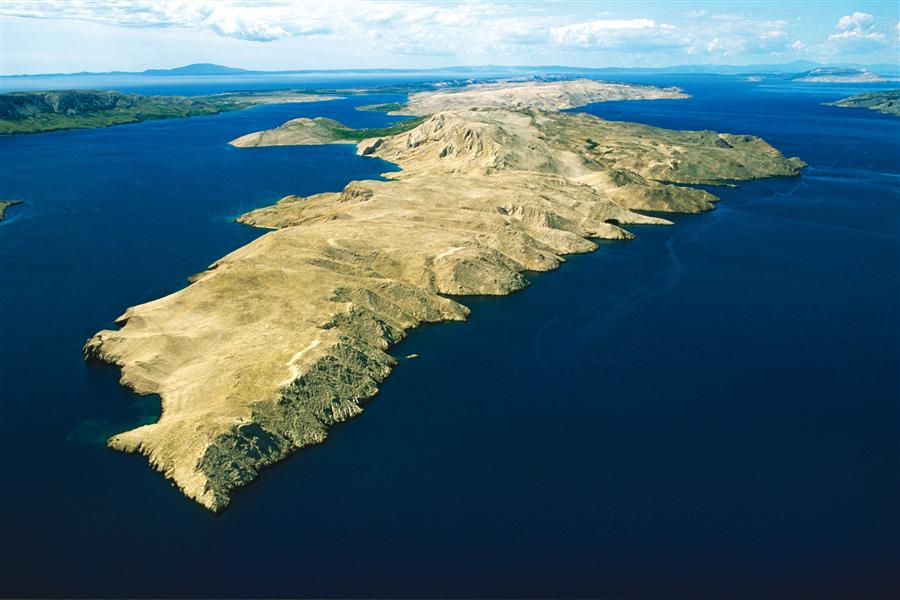
Pag island, which has become famous for its non-stop party on Zrće beach near Novalja, is another island with a rich cultural-historical heritage. Apart from the suhozidi (stone walls) which are a symbol of traditional way of life all over the island, the town of Pag prides itself in its Benedictine Monastery of St Margaret, its city walls and Skrivanat Tower and the Duke’s Palace in the centre of the town where many traditional events take place regularly. Pag island is really a place to discover. Not only to party.
Go on a treasure hunt to Vrana
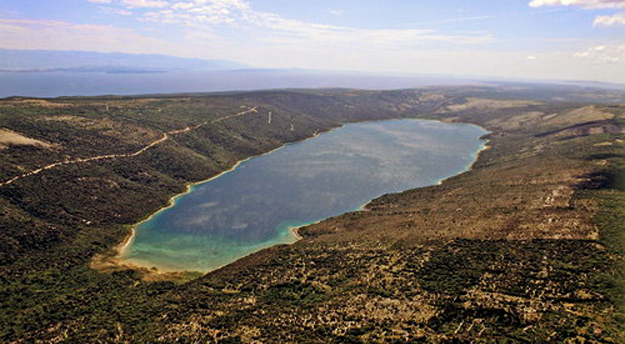
Quite near Vrana Lake Nature Park, there is a location with remains of the once mighty Templar town of Vrana. According to a legend, it still holds the hidden treasure somewhere. In addition, the Maškovića han (a type of a medieval tavern which is an example of Ottoman architecture) has been reconstructed to its previous glory. Fans of the Middle Ages will also love to hear that Vrana Knights fair takes place every summer there.
Discover the good old Novigrad
Even though it’s name suggests it’s somewhat new (novi grad means ‘new town’), Novigrad is a picturesque village east of Zadar. Located along the swerving coast, with a centuries-old fortress on the hill overlooking the village, it’s the epitome of a charming traditional Dalmatian settlement on the coast.
Know your Zadar (region)
It’s practically impossible not to fall in love with Zadar once there. And as you get to know it, you’ll discover the many intricate facts about it and the historical places all over the region. These may not play the main role in the movie about modern Zadar today, but they sure deserve the credits for the supporting role they’ve had throughout the history.
Wanna know what medieval Dalmatia looked like? Read more about Vrana and find out why Pag is so much more than just a great party destination!









